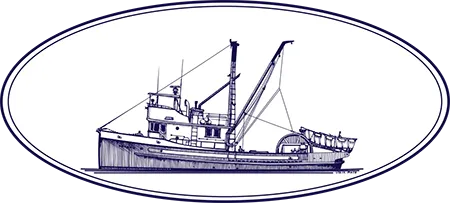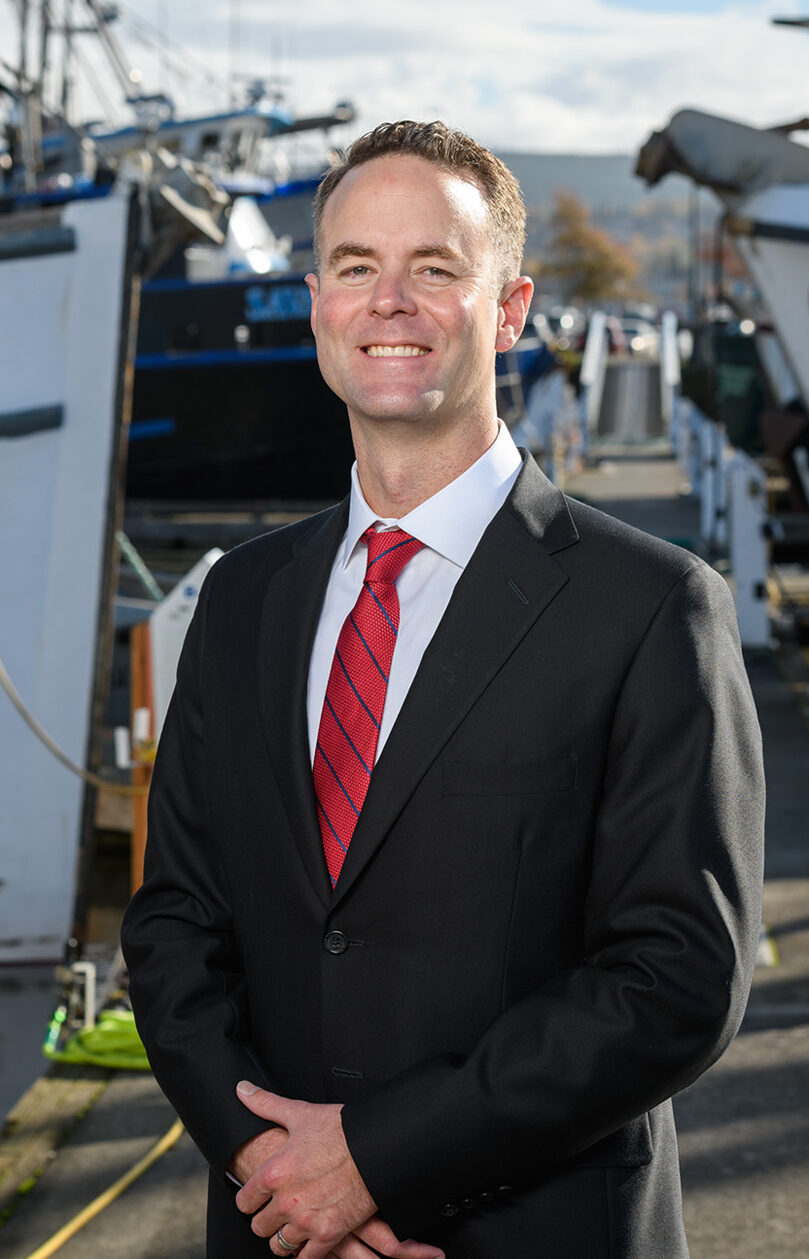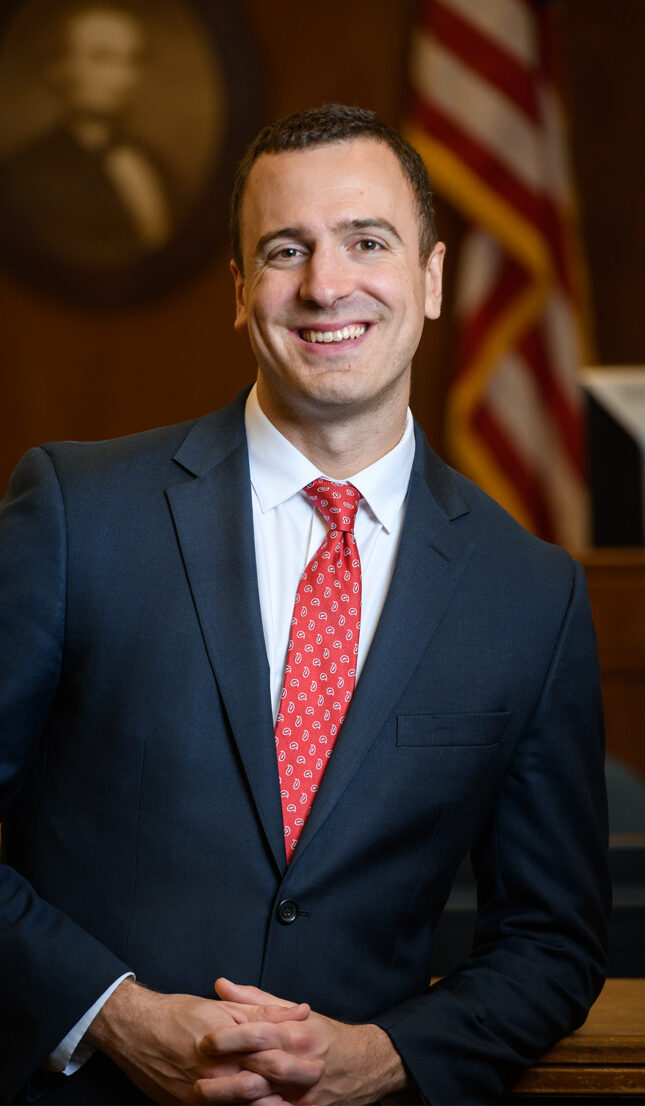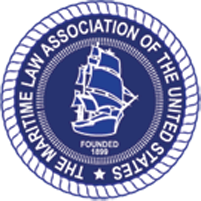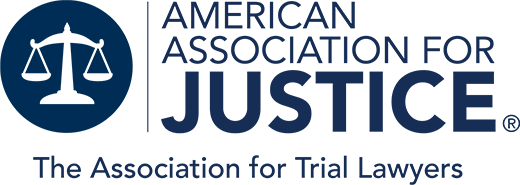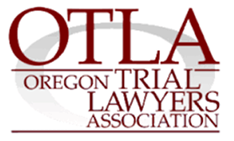The U.S. Saint Lawrence Seaway Development Corporation (SLSDC) today announced the availability of an innovative new technology that will enhance safety on the St. Lawrence Seaway by giving mariners real time information on current and projected distances between a vessel’s keel and river bottoms. Known as the Draft Information System (DIS), the new on-board technology will reduce the potential for groundings and allow ships to carry more cargo by better taking advantage of the available water levels.
“This is an important improvement in maritime safety,” said U.S. Transportation Secretary Ray LaHood. “This new technology will increase the safety of vessels traveling through the Saint Lawrence Seaway while increasing their productivity.”
Given the cutting-edge nature of the technology, use of the DIS is an optional requirement. However, ships with DIS can travel the Seaway more safely with more cargo, at a draft of up to three inches more than the published maximum. Depending on the commodity carried, an additional three inches of draft could mean transporting as much as 360 additional metric tons per voyage. This new technology will benefit Seaway users and the Seaway corporations by improving the Seaway’s productivity and competitiveness.
The Seaway has long required a minimum safety margin between the ship’s keel and river bottom, or “under-keel clearance,” that vessels must maintain while transiting the waterway. The new DIS technology provides a more precise way of measuring that clearance by giving mariners real-time operational and navigational information while the vessel is in transit. The DIS provides vessel operators with accurate data on river bottom contours and water levels along with the vessel’s speed and heading. As a result, mariners will have a greater ability to implement effective course changes or other required reactions in transit.
This same techology would be of enormous benefit on the West Coast. Up and down the Coast, rocks and shoalwaters exist in the most unlikely places. At Anderson Carey Alexander, we have seen numerous cases in which vessel groundings have caused not only damage to hull and cargo, but injury and even death of crewmembers. In one case, a client sustained a cervical fracture when his vessel hit a rock in Prince William Sound. In another tragic case, a crew of three perished while fishing in fair weather just off of Half Moon Bay, near San Francisco. Their boat was heaved up on a rock by the sea swell and then immediately rolled over as the swell passed.
These casualties may well have been avoided if today’s technology were implemented to provide real time data and alarms to prevent grounding.
